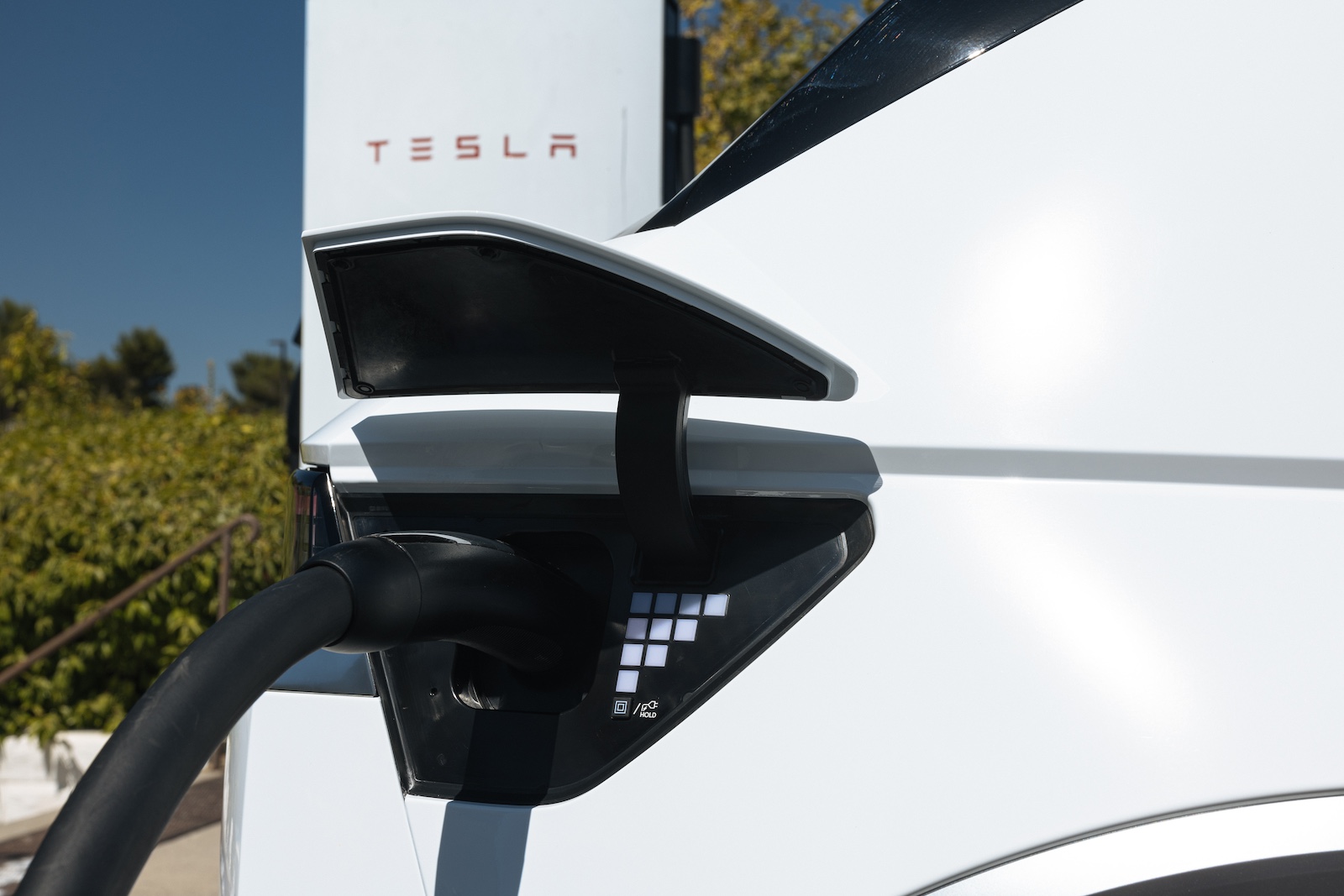Support CleanTechnica’s work through a Substack subscription or on Stripe.
The Philippines has 7,641 islands. One of the most serene and relatively isolated of them is the island of Siquijor. The island is a province on its own in the Central Visayas region. In terms of size, it is the third smallest province-island in the Philippines, both in terms of land area and population. It is known for its white sand beaches, clear waters, and reputation as a mystical island. This mystical island is now a paradise in peril.
The inhabitants of the small towns that promote tourism in their lush landscapes and pristine beaches are sustained by a fragile lifeline: a single, aging diesel power plant. They are dependent on one private operator, the Siquijor Island Power Corporation (SIPCOR), now a power monopoly that leaves the island’s 100,000 residents vulnerable to frequent blackouts and a future of energy uncertainty.
But a solution is on the horizon, one that harnesses the island’s most abundant resource: the sun.

The current crisis is a classic case study in the risks of centralized, fossil fuel-based energy. For 20 years, SIPCOR has held a monopoly through its power supply contract with the Province of Siquijor Electric Cooperative (PROSIELCO). While SIPCOR has a fleet of diesel generators, it has failed to keep up with the island’s rising demand.
Since May 2025, Siquijor has been plagued by continuous rotating blackouts, crippling local businesses and threatening daily life. The projected demand of 8.16 MW has been consistently underestimated, leaving the island with a severe power deficit.
This is a problem that other off-grid islands in the country have already begun to solve. They’ve embraced a new strategy: hybridization, where renewable energy, particularly solar, becomes the primary power source and diesel generators are relegated to backup duty. This approach reduces fuel dependence, cuts operational costs, and ensures a more reliable supply. As battery storage technologies become cheaper and more efficient, the reliance on diesel can be phased out almost entirely.
The Dawn of Solar on the Island
The first major step toward a solar-powered future for Siquijor is already underway.
The Institute for Climate and Sustainable Cities (ICSC) has heralded the approval of a 5MW ground-mounted solar facility in the municipality of Maria. This project represents a significant stride toward diversifying the island’s energy mix and improving its energy security. While the full benefits are not expected until 2026, its symbolic importance cannot be overstated.
This shift is not just about large-scale projects. Siquijor can draw lessons from other remote Philippine communities, such as Guiuan in Eastern Samar and Paranas in Samar, which have successfully implemented small-scale renewable energy initiatives. In these locations, empowered local governments were the catalysts for change, forging partnerships with civil society groups and cooperatives to fund clean energy projects tailored to their communities’ needs. By following these models, Siquijor’s local government can become an enabler of innovation, coordinating energy planning and bringing together diverse stakeholders to support a distributed renewable energy system.
Immediate Actions for Energy Independence
While the 5MW solar facility is a long-term solution, urgent action is needed to bridge the immediate supply gap. The path to energy independence for Siquijor involves more than just a single large-scale project; it requires a multipronged approach. Residential consumers should be incentivized to install rooftop solar systems and participate in net-metering programs, empowering individual households to reduce their bills and contribute to the local power supply, building energy resilience from the ground up.
Similarly, commercial establishments should be encouraged to invest in their own solar rooftop systems. This not only supports their sustainability goals but also eases the pressure on the grid and helps create a more flexible and decentralized energy system. In addition, there needs to be a clear policy on whether the Universal Charge for Missionary Electrification (UCME) can be used for capital expenditures, such as building new solar power plants. This would unlock crucial funding for renewable projects in off-grid areas and accelerate the transition away from fossil fuels.

Water from the Sun
The Philippine Department of Science and Technology (DOST) in Siquijor successfully installed a hybrid solar power system for the Bosong-bosong Water Services Association (BWSLA) last September 2024. This initiative aims to boost the community’s water security, environmental sustainability, and economic resilience by leveraging renewable energy. The project serves as a model for other communities, showcasing how embracing renewable energy solutions can lead to positive, lasting change.
Beyond the Grid: A New Economy
The power crisis in Siquijor is not just a technical issue; it’s a direct threat to the island’s economy and way of life. Reliable, affordable power is the lifeblood of its tourism industry, small-scale fisheries, and agriculture. Resorts, cold storage facilities, water pumps for farms, and artisan cooperatives all depend on a stable energy supply. Without it, local jobs and cultural heritage are at risk.
The current Philippine power grid is heavily centralized, making the entire system vulnerable to blackouts caused by typhoons or technical failures. Rather than waiting for an uncertain large-scale grid connection, Siquijor can act now to harness its own abundant solar resources. This strategic shift will not only benefit communities and businesses immediately but also strengthen the island’s self-sufficiency, ensuring that it can transition to a sustainable future on its own terms — free from the constraints of a single-source monopoly.
Sign up for CleanTechnica’s Weekly Substack for Zach and Scott’s in-depth analyses and high level summaries, sign up for our daily newsletter, and follow us on Google News!

Have a tip for CleanTechnica? Want to advertise? Want to suggest a guest for our CleanTech Talk podcast? Contact us here.
Sign up for our daily newsletter for 15 new cleantech stories a day. Or sign up for our weekly one on top stories of the week if daily is too frequent.
CleanTechnica uses affiliate links. See our policy here.
CleanTechnica’s Comment Policy



